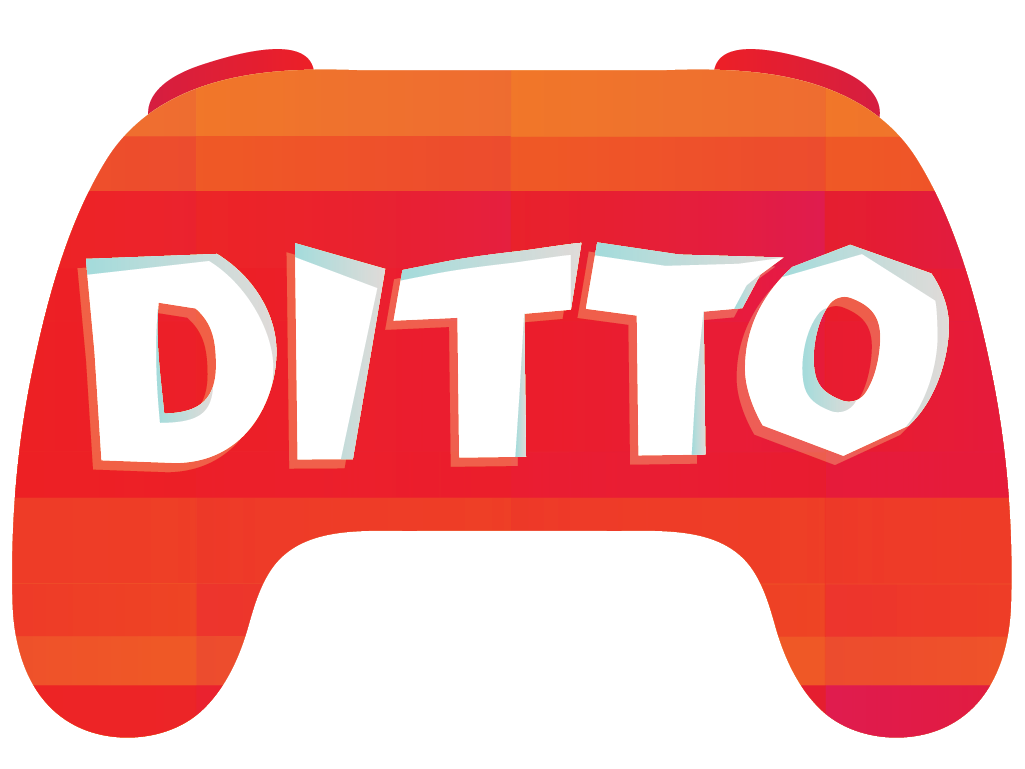Week 12: Polishing our aesthetics and fleshing out our level design
Once again, this week we’ve continued to iterate on our pitch presentation, with a focus on nailing down specifics on some of the level design and improve some of our game (and presentation’s) overall aesthetics. Additionally, we created some simple “programmer art” mockups so that we could show a visual of how some of our main gameplay hooks work in execution, rather than only having graphics and text to explain it.
The Work This Week
Based off of our feedback from our client meeting last week and from our instructors, we set out for ourselves the following tasks:
- Create a logo for the game
- Create “programmer prototypes” of different gameplay inside of the game so that we could put them as GIFs into our presentation.
- These include eating viruses, highlighting the bloodstream mechanic, and if possible, a simplified State Share prototype
- Refine our bloodstream VFX so that the red blood cells look less “flat” and 2D.
- Refine the VFX and models for both the player and the environment
- Create concept art that represents what would be a screenshot from the game.
- Flesh out what kind of tasks need to be done in each quadrant of the heart and update our overall level design/level sketch to reflect this
We were fortunately able to accomplish all of these tasks before Friday, and we were able to successfully incorporate them into our presentation to show our client by the end of the week.
Client Meeting
We had quite a productive client meeting this week, as Erin gave us a ton of useful feedback that we will incorporate into our presentation going forward. We also got a better understanding of how the pitch process is going to work for us, as we learned that Erin will be pitching our game to Stadia internally, meaning that we will pass of our pitch deck to her instead of having to pitch the game ourselves (or at least, not initially). As someone who is collaborating with us on this pitching process, she had quite a bit to say about things we still needed to add/specify, which we’ve provided below:
- Shorten a lot of the text that currently exists of our slides (think 50 words max), and don’t be tempted to read off of them when you are presenting.
- How many players will you need in order to successfully complete a game? 20? 5? This number is significant, as it changes a lot of the dynamics of the game based on which one you choose.
- Think about how you will recruit non-Stadia users into the game.
- Determine what budget you will need in order to create this game by taking into account the following
- Who is willing to work on this full-time vs. who will be working on this part-time
- Will you need to hire additional people, and if so, assume that they are of the same skill level as the rest of the team
- With respect to our programmer mockups, create mockups that look as good as you can possibly get them, while at the same time acknowledging that this is an early version of the game. What’s most important is demonstrating how much fun players are having in the mock-up.
- Don’t show anything that’s not really implemented yet, and you probably only need to complete two of your chambers at least for your demo
Overall, Erin seemed really pleased with our progress and looked forward to speaking us next week.
The Plan for Next Week
As you can tell from the above, we have quite a few tasks ahead of us that we need to accomplish! They are mainly the following:
- Create a concrete budget for the project based off of people’s availability, how many additional hires we will need, and our estimated development time
- Refine our mock-up GIFs to look a lot closer to the current look of the game by integrating all of the assets into a single Unity file.
- Determine how many people will be needed in order to successfully complete our game, whether that’s 5 players or 20.

Recent Comments